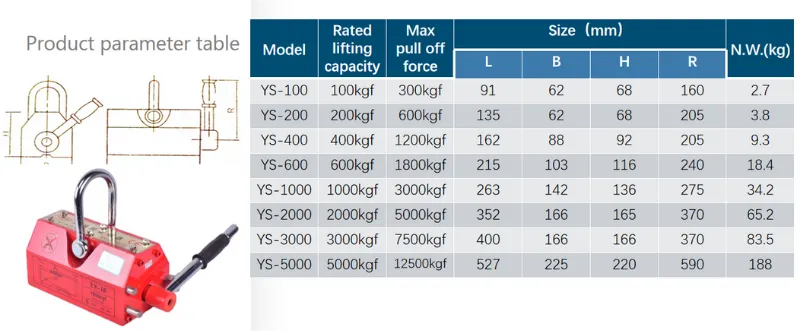Gantry Crane Solutions for Efficient Warehouse Material Handling and Operations
The Significance of Warehouse Gantry Cranes in Modern Logistics
In the fast-paced world of logistics and warehousing, efficiency and safety are of paramount importance. One of the most pivotal pieces of equipment that facilitate these goals is the warehouse gantry crane. These cranes are designed to handle heavy loads and improve overall productivity, which makes them indispensable assets in various industrial settings.
What is a Warehouse Gantry Crane?
A gantry crane is a type of crane that consists of a horizontal beam supported by two or more vertical legs. These legs can move on wheels or can be fixed, allowing the gantry crane to span over a workspace and transport materials within a designated area. In warehouse applications, gantry cranes are typically used to lift and move heavy items like pallets, machinery, and containers, making them versatile tools for various tasks.
Advantages of Warehouse Gantry Cranes
One of the primary advantages of warehouse gantry cranes is their ability to optimize space
. Unlike traditional cranes that require an expansive footprint and fixed installation, gantry cranes can be positioned according to the specific layout of a warehouse. This flexibility is crucial in maximizing storage capabilities while ensuring ease of access to goods.Moreover, gantry cranes can handle significant weight, often lifting several tons with ease. This capability reduces the need for manual labor, minimizing the risk of injury associated with lifting heavy objects. When combined with automated systems, gantry cranes can significantly reduce operational costs and enhance workflow efficiency.
Enhanced Safety Features
warehouse gantry crane

Safety is always a priority in industrial environments. Gantry cranes come equipped with various safety features such as limit switches, load sensors, and emergency stop buttons. These safety measures help to prevent overload situations and ensure the crane operates within safe parameters. Additionally, the ability to operate these cranes with remote controls or automated systems reduces human error, further enhancing workplace safety.
Versatility Across Industries
Warehouse gantry cranes are not limited to a single industry; they find applications in construction, manufacturing, automotive, and logistics sectors. For example, in the automotive industry, they can be used to lift and position vehicle parts during assembly. In warehouses, they facilitate the movement of goods from one area to another, ensuring that supplies are readily available for shipping and delivery.
Furthermore, the modular design of gantry cranes allows companies to tailor their cranes to meet specific needs. Customizable features such as height, span, and lifting capacity can be adapted based on operational requirements, making them an excellent investment for businesses looking to enhance their material handling capabilities.
Future Trends
As technology advances, the future of warehouse gantry cranes looks promising. The integration of IoT (Internet of Things) technology allows for real-time monitoring of crane operations, providing data that can be analyzed to improve efficiency. Additionally, advancements in materials and design may lead to lighter, more robust cranes that offer even greater lifting capabilities and energy efficiency.
In conclusion, warehouse gantry cranes play a vital role in fostering efficiency, safety, and versatility within the logistics and warehousing industry. As businesses continue to evolve and seek innovative solutions to meet demanding operational challenges, gantry cranes will undoubtedly remain essential tools in their arsenal. Embracing these modern solutions can lead to streamlined operations, reduced costs, and improved workplace safety, ultimately contributing to a company’s success in a competitive marketplace.
-
Unlock Seamless Relocation with Our Heavy Equipment Moving ExpertiseNewsJun.06,2025
-
Unleash Unrivaled Flexibility with Our Adjustable Gantry CraneNewsJun.06,2025
-
Unleash Heavy-Duty Efficiency with Our Industrial Gantry Crane SolutionsNewsJun.06,2025
-
Revolutionize Steel Handling with Our Magnetic Lifter RangeNewsJun.06,2025
-
Master Equipment Mobility with Premium Machinery Mover SolutionsNewsJun.06,2025
-
Elevate Your Material Handling with Magnetic Lifter TechnologyNewsJun.06,2025
-
YS Permanent Lifting Magnets: The Smarter Way to Handle SteelNewsMay.22,2025
